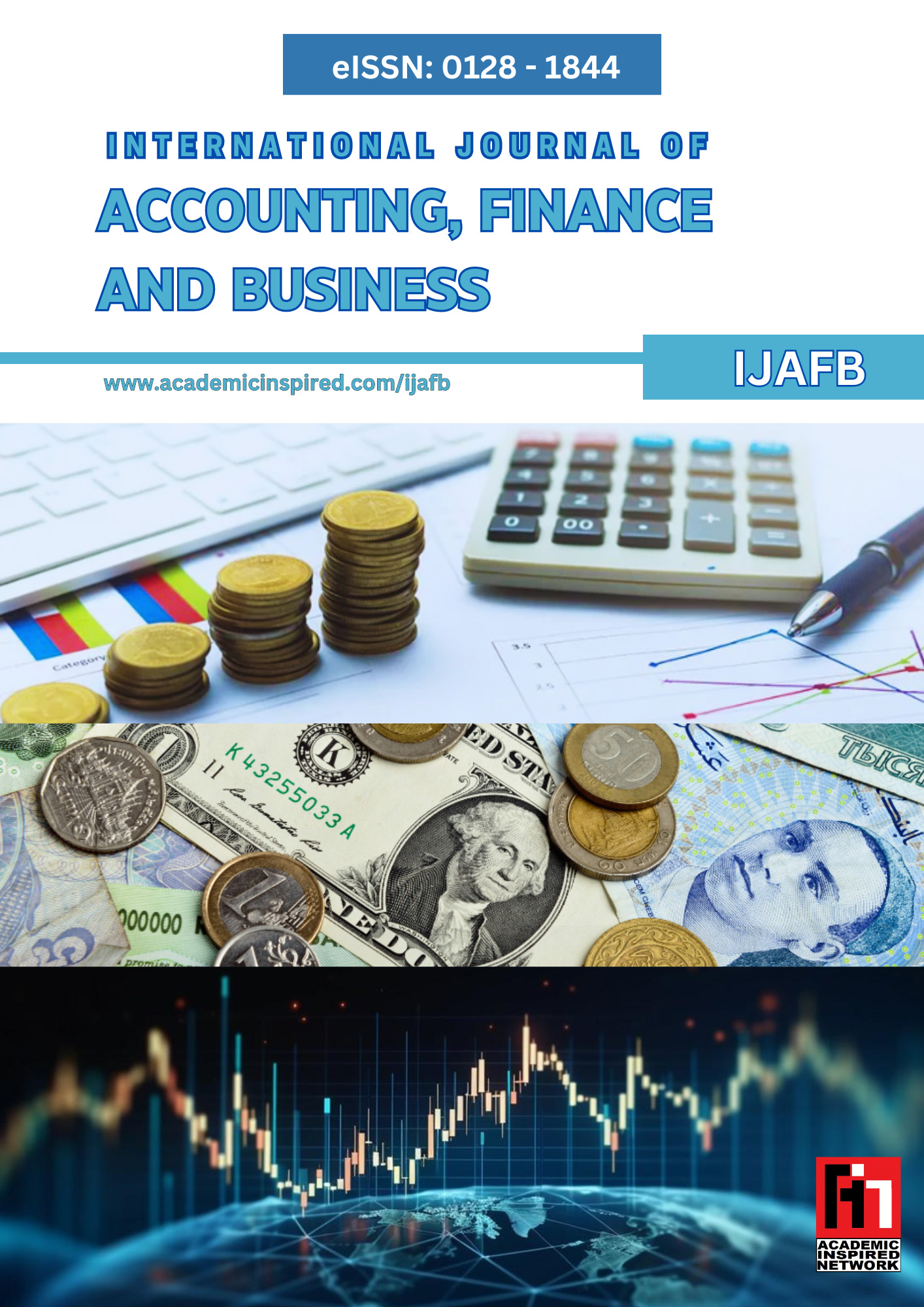Unveiling financial fraud: The impact of profitability, liquidity, and leverage
Keywords:
Fraudulent Financial Reporting, Financial Leverage, Liquidity, Profitability, Corporate Fraud, Malaysia, Financial Distress, PN17 FirmsAbstract
This study explores the extent to which key financial indicators—profitability, liquidity, and leverage—are associated with fraudulent financial reporting among Malaysian publicly listed firms. Drawing upon a matched sample of 60 companies, comprising 30 firms classified as financially distressed (PN17 status) and 30 high-performing firms listed on Bursa Malaysia from 2020 to 2022, the study investigates whether these financial variables significantly influence the likelihood of financial misrepresentation. The findings reveal that both leverage and liquidity exhibit a statistically significant and negative relationship with fraudulent reporting, while profitability does not demonstrate a meaningful effect. These results underscore the importance of financial pressure—rather than profitability—as a central driver of fraudulent financial practices. By offering empirical insights into the financial characteristics of fraudulent firms, the study contributes to the growing literature on fraud detection and strengthens the theoretical underpinnings of the Fraud Triangle, Fraud Diamond, and Signalling Theory. It also offers practical implications for regulators, auditors, and policymakers in designing more robust early warning mechanisms for fraud detection in corporate financial reporting.













